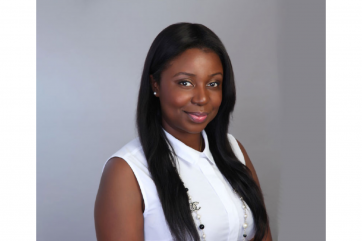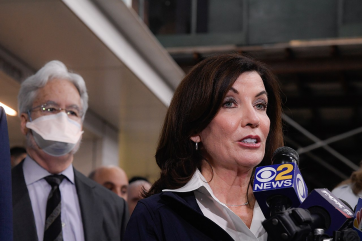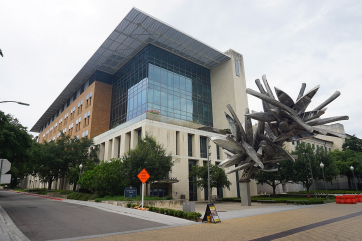Students Ability to Distinguish Fake from Real News ‘Bleak,’ says New Study
By Julio CachilaWith the current rise of fake news on social media and the internet, students have to learn how to determine facts from fakes while browsing, researching, and reading things online. According to a new study, however, the urgency of learning skills to determining authentic from fake news stories online is even greater now.
A new study conducted by researchers from the Stanford Graduate School of Education has found that today's youth, from middle school to college, are generally unable to determine real news from fake news on the internet. Their findings simply show that if the youth are the hope of tomorrow, tomorrow just might bring more problems.
"Overall, young people's ability to reason about the information on the Internet can be summed up in one word: bleak," the study authors wrote in the report.
The researchers, coming from the Stanford History Education Group (SHEG), used tests specially made for three age levels across 12 states: middle school, high school, and college. They analyzed a total of 7,804 student responses, including students from well-resourced schools in Minneapolis and under-resourced schools in Los Angeles. College-level assessments were done at six different universities.
What they found was surprising, given the common notion that today's youths are tech-savvy.
"Many people assume that because young people are fluent in social media they are equally perceptive about what they find there," Sam Wineburg, professor of education and history at Stanford and the lead author of the report, said in a press release. "Our work shows the opposite to be true."
"In every case and at every level, we were taken aback by students' lack of preparation," the authors wrote.
Researchers assessed middle schoolers' skill in assessing the trustworthiness of different tweets and articles, including differentiating from a legitimate article to one that has "sponsored content." They found that more than 80 percent of these students believed articles with sponsored content were real.
High school students' familiarity with social media conventions, such as the blue checkmark that identifies a verified Twitter or Facebook, was assessed. They were tasked to identify which is true from two similar posts coming from two different sources: one from the verified Fox News account and another from a Fox News lookalike.
Sadly, only a quarter recognized the blue checkmark, and more than 30 percent argued that the fake account was the real one, because it contained some key graphic elements.
College assessments focused on complex reasoning. Students were required to evaluate information using Google, and to evaluate website credibility. What they found that topics that were politically charged were harder for the students to evaluate. High production values, links to reputable sites, and polished "About" pages also swayed college students more than the contents of the sites.
Wineburg says the findings to this research should help educators adjust the instruction they give to students. The researchers also hope to produce curriculums and videos that will help educators bridge the gap between digital literacy and informed citizenship.
"As recent headlines demonstrate, this work is more important now than ever," Wineburg said. "In the coming months, we look forward to sharing our assessments and working with educators to create materials that will help young people navigate the sea of disinformation they encounter online







